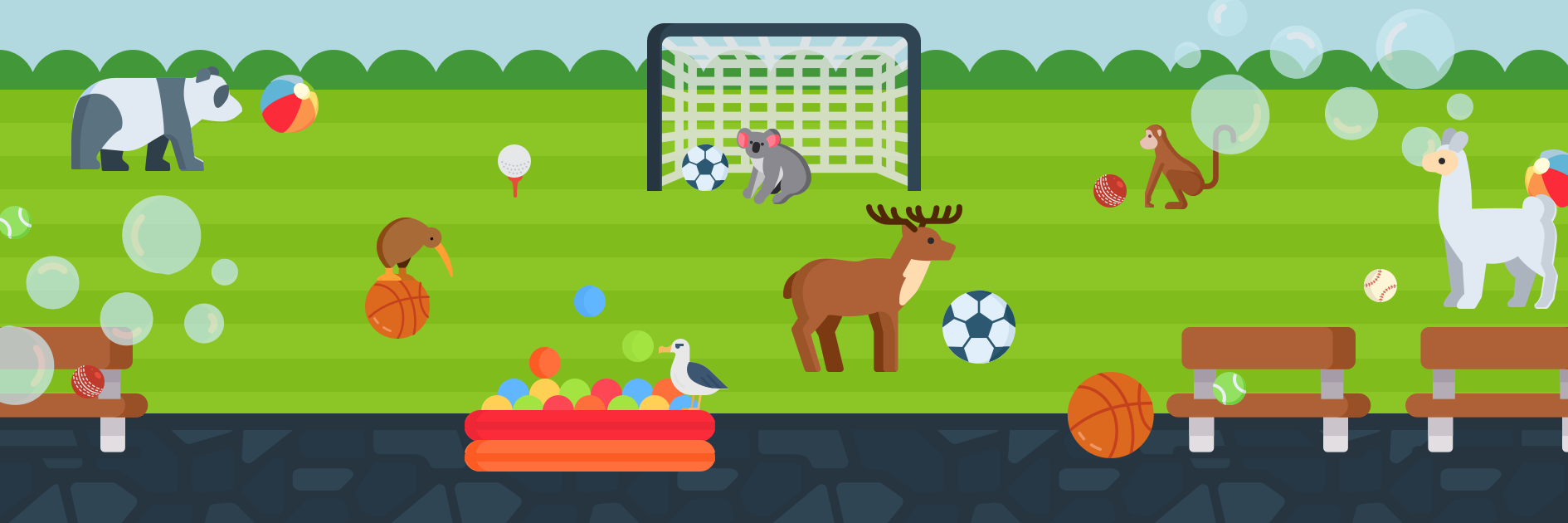27 Introduction to Geometry
Geometry is an ancient discipline.
In this section, we’re going to study how geometric properties may relate to perimeter, area and volume.
Geometry is one of the classic sub-disciplines of mathematics, and it underpins and intersects with more areas of mathematics than might initially be obvious.
In terms of mathematical history, you could get the impression that mathematics was only geometry a couple of thousand years ago in the times of Plato and Pythagoras, and further, that for anything to be true, it had to find an interpretation geometrically.
Many of the ancient problems and proofs involved being able to construct shapes and find relationships using only a straight edge and compass. Why? Because if we try to create, say, an isosceles triangle by measuring the side lengths, we will not be able to do this precisely and therefore such diagrams would not be able to prove anything as always true. We’ll begin this topic with a return to this ancient art via the Euclidea problems.
Play a computer games
Spend about 10-15 minutes and try to complete a few of the Euclidea exercises in the alpha and/or beta sets of problems.
Obtaining all stars requires being able to obtain the constructions in as few moves as possible, where a move is counted either based on the legal tools (L) or based on using only straight edge and compass (E). Sometimes this is tricky, and it may take you days or several attempts to find the solution. It’s not always intuitive, so although you should avoid looking up solutions online, also don’t let yourself spend too long on any one problem if it’s frustrating you!
You might like to try a YouTube search for solutions if you get stuck on problems 1.1 or 1.2.
To access Euclidea through your browser, go to the Euclidea website. You can also access Euclidea either by downloading the app on a smartphone, iPad or tablet via the Apple store or GooglePlay.
Note that by drawing the two circles which have a radius equal to the length of the line, their intersection gives the third vertex of the triangle, because it is clear that it is the same distance from both endpoints of the line.
Working with the geometric construction problems helps gain an idea about geometric relationships and there are some fascinating results, especially those needed to obtain the minimum E number of moves.
A reflection on getting stuck
We fully expect that you will all get stuck at some point using Euclidea. Take a few moments with a pen and paper, and write about any problem you found interesting, tricky or which particularly stumped you.
Here’s an example Simon James wrote:
For the two Euclidea problems, 1.7 and 2.8, I spent days trying to nut out how to solve these in the minimum number of straight edge and compass moves (E). Then even once I’d worked it out (or in the case of 2.8, cheated by looking it up online), I’d forgotten how to complete them when I reattempted it some time later. This was a good reminder for me on the problem solving principles and of learning how to deal with being stuck. Of course I went through all the standard emotions of frustration, deciding that actually I’m not that good at geometry, giving an unhelpful excuse to myself that perhaps I’d never spent that much time on this type of problem. But the main things that I was reminded of after I did find the solution were:
1. I had discounted a number of pathways because of pre-conceptions about what information the new circle or line was giving me. I had figured that in 1.7, the first two circle moves couldn’t be the way to go because all it gave me was the intersecting point at the bottom of the circle, which could more easily be obtained by a straight line. What should I have done?
I should have paid attention more broadly to what information was available, and I should probably have been more methodical in the way I trialled and eliminated steps.
2. Being positive about the experience of being stuck is very important. Some solutions are not intuitive and we can learn more by being stuck and discovering something new than by assuming that the failure is a reflection on our own ability. By learning about these solutions, I became much more open to potential solutions for other problems. I was reminded of the saying (I think it’s in a recent Star Wars movie…) – failure is the greatest teacher.
Solutions of these two problems take less than a minute, despite the many hours and days the problems puzzled me for. Another good reminder that the concise solutions we often see in textbooks or even submit for an assignment are far from the reality of the real work involved.


